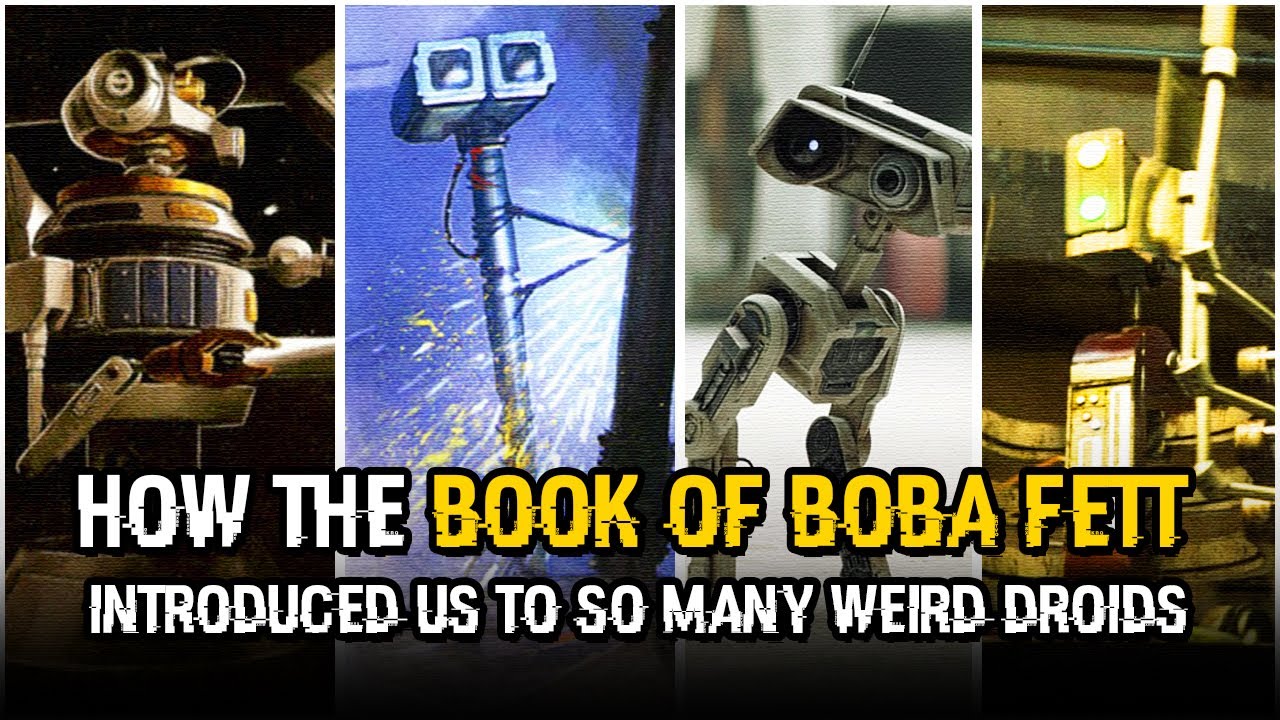Droids, short for androids, or also called robots, were mechanical beings, often possessing artificial intelligence. They were used in a variety of roles and environments, often those considered too menial or too dangerous for humans and other species. Droids were also used in fields that required extensive specialization and knowledge, such as medical droids and astromech droids. Droids designed for combat were battle droids.
Depending on the model and its corresponding purpose, droids were totally obedient, rugged, expendable, capable of vast memory recall, and mathematically precise. These characteristics made them well suited for many jobs, though the lack of independent thought in the cheaper, less advanced models limited their capability. This lack of autonomy was simultaneously a vast asset and a glaring weakness—an asset in terms of obedience and control but a massive drawback in terms of effectiveness. Designers faced a fundamental paradox—make the droids overly intelligent, and they might rebel; yet make the droids not intelligent enough and they would be ineffectual.
Customarily, droid names were often an arrangement of numbers and letters.
The word droid is derived from android, which means «man-like.» Thus, the term does not strictly fit second-degree droids that have nothing common with humanoids. Droid is the exclusive term for every robotic entity in Star Wars. The word «robot» is used only for primitive (Pre-Republic era) droids. However, Luke Skywalker called C-3PO and R2-D2 «robots» on one occasion in Star Wars: Episode IV A New Hope.
Droids’ legal rights are often a fiercely debated topic among fans.
In one television documentary, George Lucas said that C-3PO—and thus by extension all droids—had no soul.
Early Star Wars Legends material sometimes spelled droid with an apostrophe (‘droid), short for android.

